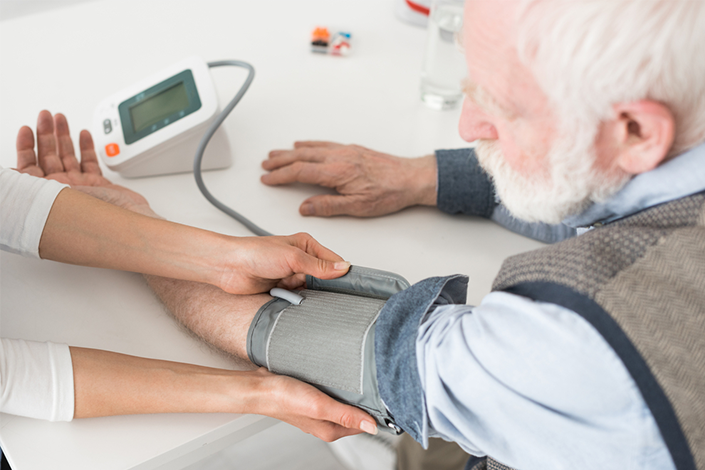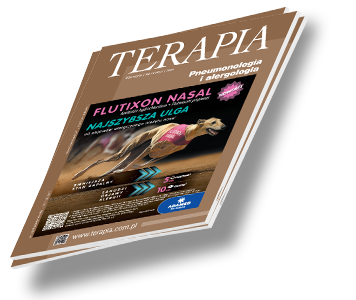Nadciśnienie tętnicze Terapia 2019, 10 ( 381 ) : 46 - 54
Nadciśnienie tętnicze w wieku podeszłym – profilaktyka pierwotna i wtórna udaru mózgu
Hypertension in the elderly – primary and secondary prevention of stroke
Częstotliwość występowania nadciśnienia tętniczego rośnie wraz z wiekiem. Wśród osób powyżej 65 lat nadciśnienie tętnicze rozpoznawane jest u ponad 60% populacji. Najczęstszą postacią nadciśnienia tętniczego w wieku podeszłym jest izolowane nadciśnienie skurczowe, będące efektem procesu starzenia się organizmu i zwiększania się sztywności tętnic, a w konsekwencji utraty ich podatności i elastyczności. Sprzyja to wzrostowi skurczowego i obniżeniu rozkurczowego ciśnienia tętniczego.

Zaloguj się i przeczytaj bezpłatnie całą treść artykułu.
Nie masz jeszcze konta dostępowego?
Zarejestruj się bezpłatnie, a otrzymasz:
* dostęp do wszystkich doniesień oraz pełnych tekstów artykułów naukowych w naszej Czytelni,
* prawo do bezpłatnego otrzymywania newslettera "Aktualności TERAPIA" z przeglądem interesujących i przydatnych wiadomości ze świata medycyny oraz systemu ochrony zdrowia w Polsce i na świecie,
* możliwość komentowania bieżących wydarzeń oraz udziału w ciekawych quizach i konkursach.
Zapraszamy serdecznie, dołącz do naszej społeczności.



Dodaj komentarz